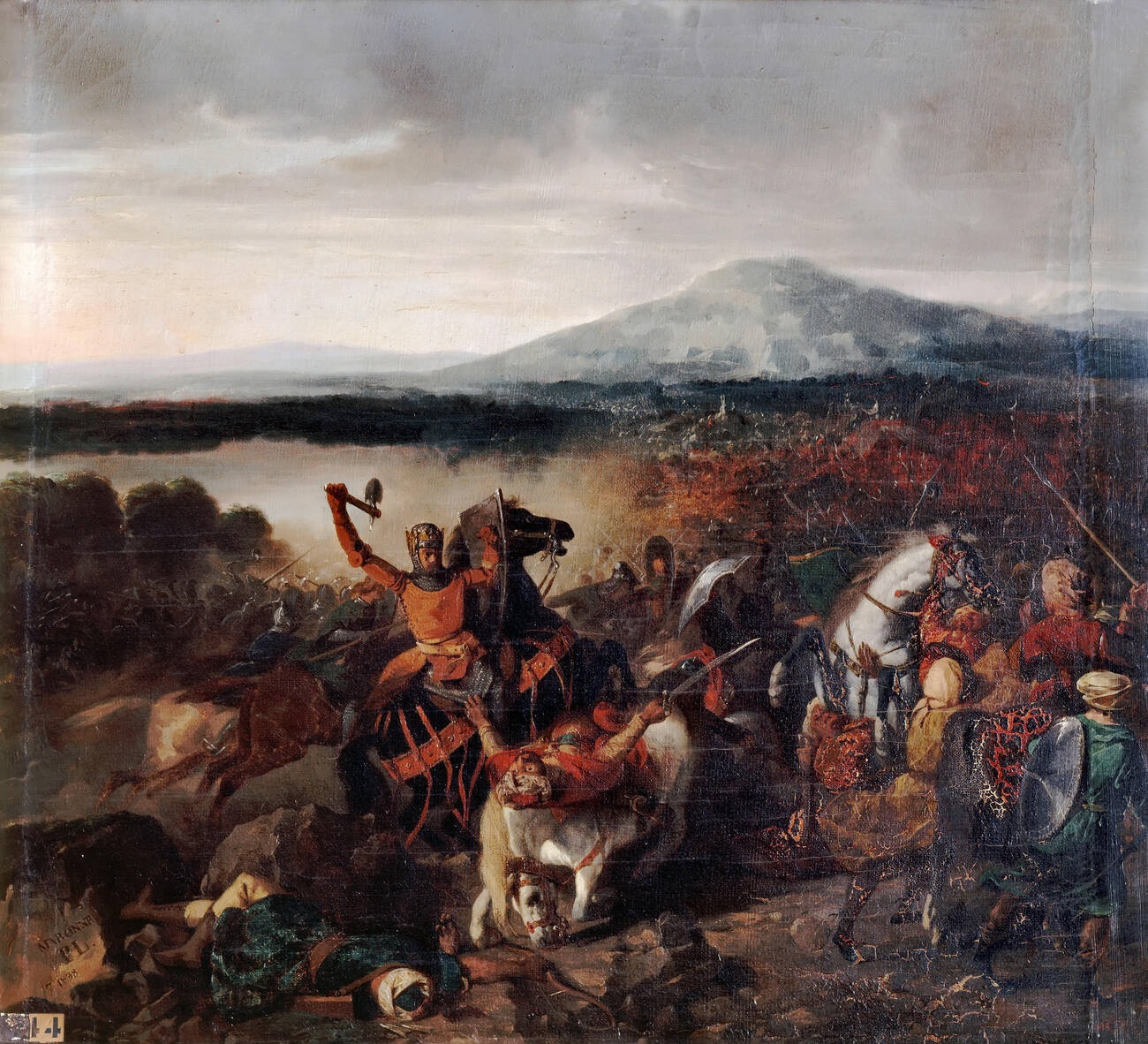Norman Sicily: The Normans in the Mediterranean
Norman Sicily refers to the period in Sicilian history when the island was ruled by Norman kings following their conquest and subsequent establishment of the Kingdom of Sicily in the 11th century.

Norman Sicily refers to the period in Sicilian history when the island was ruled by Norman kings following their conquest and subsequent establishment of the Kingdom of Sicily in the 11th century.

